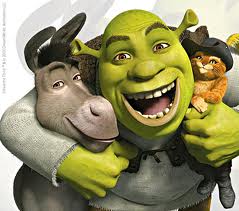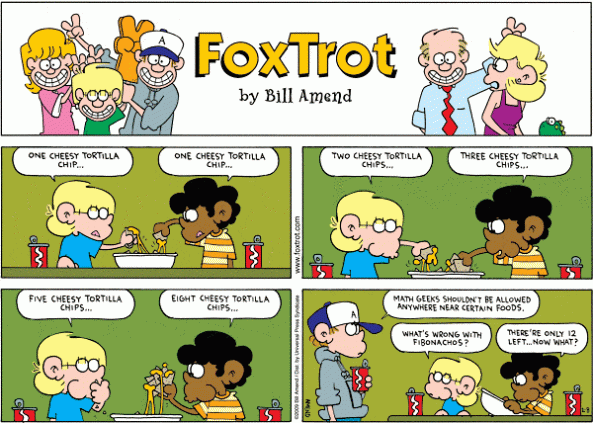On a daily basis, my kids and I poke fun at songs on the radio by changing up the lyrics. Our most recent one would be banned from the kiddies’ ears except that they have found a clever way to self censor. I’ll tell you our lyrics because I can’t even say what they say out loud. Every time it comes on they sing something different – I’m hungry and I know it. I’m (insert your name here) and I know it. Or the totally ludicrous because it really is nonsense I’m Pepsi and I know it. Good rhyming skills, Layali! This gets followed by I got fashion in my pants and I ain’t afraid to show it.
In writing, this is called a parody. It’s fun, relatively easy and highly entertaining. You know you’ve succeeded in writing a good one when people start singing it over the original when it comes on the radio. Everyone’s favorite parodist (that’s a real word, I looked it up) has got to be Weird Al. He has recorded 170 parodies of tunes everyone knows. The first one I remember hearing was Another One Rides the Bus to the tune of Queen’s Another One Bites the Dust. My kids love I’m Fat which makes fun of Michael Jackson’s Bad. He is so popular that people make parody videos of his parody songs like Couch Potato, his version of Eminem’s Lose Yourself.
But Weird Al is far from the first too popularize the parody. All of the poems found in Alice in Wonderland are actually parodies of poems that children were required to read and memorize in school. Lewis Carroll delighted his young readers by poking fun of the rhymes they were assigned to read with lighter, more humorous versions. Here is an example:
The Bat
Lewis Carroll
Twinkle, twinkle, little bat
How I wonder what you’re at!
Up above the world you fly
Like a tea-tray in the sky.
I’m certain that I don’t have to tell you the original from which this rhyme came. If you don’t know it, I suggest you go back to kindergarten.
Now it’s your turn. Pick a song or a poem that you like, or maybe one you don’t like. Create your own parody of it. If you need more help, check out this link from ehow.com entitled How to Create a Parody Poem for Kids. After you’ve written your parody, post it in the comments or on the Little Poets facebook page. But first, check out MY parody from the karaoke finale of Shrek.














